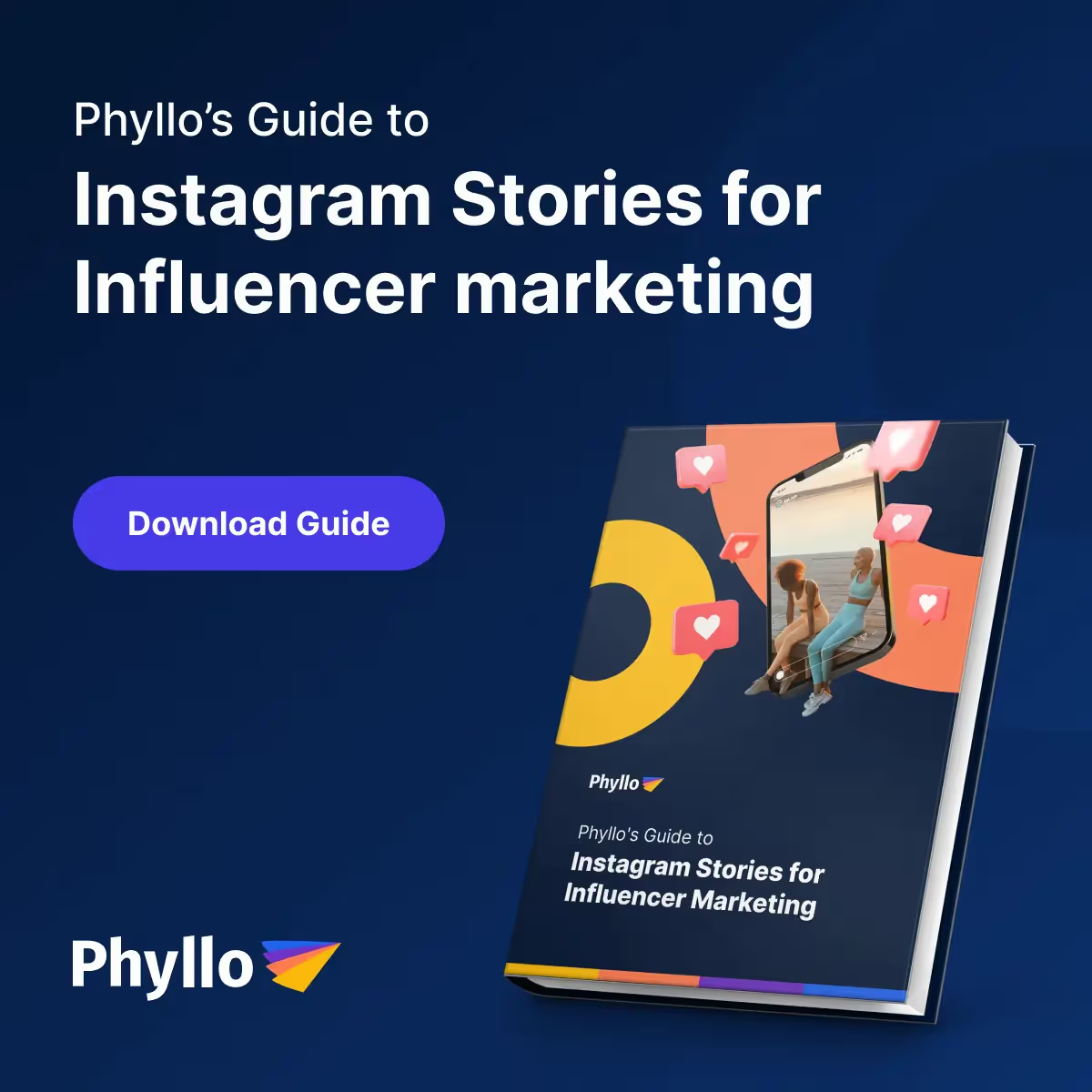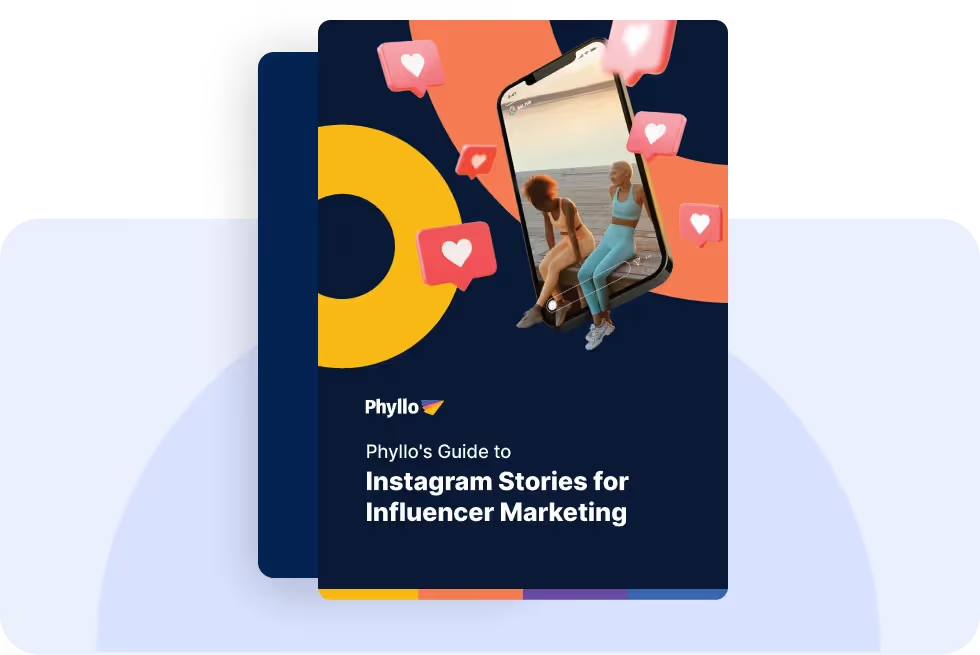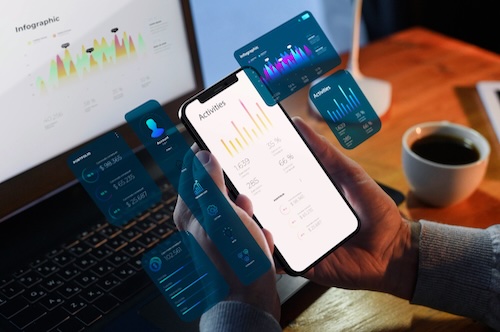Developers interact with Instagram programmatically through application programming interfaces (APIs).
They request data like a list of followers or posts. Pagination is one key feature that comes in handy here. It divides extensive data sets into smaller and more manageable sections called “pages.” It helps you navigate through data piece by piece.
Think of it like reading a book. Instead of trying to understand the whole book at once, you read it page by page. Instagram API pagination works similarly and makes it easy to handle extensive data volume.
Related Read:
- How to Use Instagram API Integration?
- How to use Instagram API to get followers
- How to Scrap Instagram Data
Importance of Pagination in Handling Large Data Sets From Instagram's API
Without pagination, a developer may load too much information at once, which can slow down or even crash their application. It's like eating an entire cake in one bite – not practical or enjoyable.
With pagination, you get bite-sized pieces, which means faster performance and a better user experience. Developers use this information to create and support a wide variety of applications.
They can add social elements to their app, like sharing photos, videos, or stories. The data helps them count likes, track engagement, and use Instagram API to build robust and user-friendly applications.

Common Pagination Techniques Used in APIs.
There are a variety of pagination techniques in APIs. Some of the common ones are as follows:
- Offset pagination is where you specify "where to start" (the offset) and "how many" (the limit). For example, "Start from the 10th item and give me the next 20 items." It’s easy to understand and use but can get slower as the offset increases, especially with large data sets.
- Cursor-based pagination uses a pointer (cursor) for a specific dataset item instead of an offset. The API then returns items following that pointer. It’s more efficient than offset pagination for large datasets. It doesn’t require the server to count through many items before reaching the starting point.
- Keyset pagination technique selects a results page using a unique key, like an ID or a timestamp. You request data "after" a certain key value. It’s efficient because it uses the database's natural ordering, making it faster than offset pagination.
- Page number pagination is similar to offset pagination, but instead of specifying the offset, you specify the page number. It is user-friendly since many people think of "page numbers" when navigating data.
- Infinite scrolling isn't pagination in the traditional sense, but it's a common way to load data as needed without user intervention. As a user scrolls down a page, more data is loaded automatically. Although it offers a seamless user experience, it’s challenging for users who want to reach the data set’s end or find a specific item.
How Instagram Implements Pagination in Its API
Instagram API uses cursor-based pagination. It provides a smooth and efficient way to navigate through data like user feeds and media items that are constantly updated. Below is a breakdown of how it works.
Interprets The Request
When you request the Instagram API for a list of items, such as posts from a user's feed, the API doesn't send you all the posts at once.
Instead, it sends a batch of posts and includes a "cursor" in the response. This cursor is like a bookmark telling where you’re in the data.
Gets Data in Batches
The initial API response will have the first batch of items and a "next" cursor. If you want to see more items, you send another request to the API with that cursor.
The API recognizes this as a request for the next batch of items and sends you those with another cursor pointing toward the following batch. This continues until no more items remain, and you won't receive the next cursor in the response.
Benefits of Instagram’s Cursor-Based Pagination Over Offset Pagination
Cursor-based pagination works with Instagram data’s natural flow of adding new content. The cursor directly refers to specific items in the following data set.
Unlike offset pagination, this technique is comparatively faster and helps avoid performance issues with extensive data sets.
Below are some notable benefits of cursor-based pagination over offset pagination.
- Helps avoid repeats or gaps. An active environment such as Instagram constantly adds data. Offset pagination can lead to duplicate or skipped items in such cases. However, cursor-based pagination saves place whenever new data comes in. It gives you items in sequence and maintains consistency.
- Maintains app’s responsiveness. Any application that analyzes user engagement on Instagram analyzes significant data volumes. Cursor-based pagination helps the app fetch data in manageable segments, analyze it, and retrieve the following segments. It keeps the app responsive and helps avoid crashes, as large data sets don’t go for analysis in one go.

Best Practices For Handling Pagination in Instagram API
Handling pagination in the Instagram API effectively is critical to building a smooth and responsive application. Here are some best practices for retrieving and processing paginated data.
- Handle Cursors properly. Always use the provided cursors to fetch the next set of results. Avoid creating your mechanisms to guess the next page, as this can lead to missed or duplicated data.
- Check for the data set’s end. Instagram's API will stop providing a next cursor when there are no more results to fetch. Make sure your application checks for this and properly handles the “end of data” state.
- Manage API Rate Limits. Instagram imposes pagination rate limits to prevent abuse. Make sure your application respects these limits when making paginated requests. If you hit a rate limit, your application should wait and retry the request after the appropriate amount of time.
- Use conditional requests. To avoid unnecessary data transfers, use conditional requests to download data only if it has changed since the last time you requested it.
- Cache responses. Temporarily store (cache) API responses to improve your application’s efficiency. This can reduce the number of requests you make to the API, which is especially helpful for frequently accessed data.
- Pre-fetch data. To ensure users don't have to wait for the next data page to load, you can pre-fetch data in the background. Do it carefully to avoid hitting rate limits and ensure the pre-fetched data will likely be in need soon.
- Provide user feedback. When your application loads data, provide feedback to the user, like a loading spinner. It tells us that data is on the way and that the application is working.
How Phyllo Instagram API Helps Developers to Implement Pagination
Phyllo Instagram API streamlines pagination on various data types like comments and posts. You can easily access and navigate through large sets of comment and post data. Here's how you can use Phyllo's API for pagination.
Instagram API Comments Pagination
Developers can fetch the initial comments on a particular post using Phyllo's API, including a cursor or token for pagination. Using the cursor, you can request the next set of comments. It helps applications load a few comments at a time, improving performance. For applications that need to stay updated with new comments, developers can repeatedly use the latest cursor to fetch new comments added.
Instagram API Media Pagination
When developers want to display a user's feed, they can make a paginated request to get posts. The API will return a set of posts along with a pagination token. If an application requires access to older posts, Phyllo's API pagination allows developers to traverse back through the user's history of posts without overloading the application or the API.
As with comments, Phyllo's API allows for paginated requests to help applications keep up with new posts in real-time. In both use cases, Phyllo's API takes care of the heavy lifting of pagination, providing developers with the following benefits.
Below are some notable benefits of using Phyllo’s Instagram API.
- Manages rate limits. Phyllo's Instagram API handles rate limiting. It ensures applications don’t exceed the number of allowed requests to Instagram's API, which might lead to temporary blocks.
- Simplifies implementation. Pagination logic can be complicated. When Phyllo’s API abstracts these complexities, developers can focus on core functionalities.
- Maintains consistency. Phyllo’s Instagram API maintains a consistent view of data with new comments and posts.

Reduce Complexity in Managing Instagram Data
Social media has a dynamic and large-scale nature. With Phyllo’s Instagram API, developers can efficiently implement user-friendly pagination for comments and posts.
Use Phyllo’s Instagram API to build robust applications and manage social media data at scale.
Take a free demo of Phyllo and seamlessly capture and analyze user engagement data.
Implementing Pagination With Instagram API- FAQs
- What is pagination in the Instagram API?
Pagination in the Instagram API is a process that allows developers to retrieve data in segmented parts instead of all at once. The API provides a limited number of items per request when accessing large data sets, like a user's photos or comments. Along with this data, the API sends a "cursor," which refers to the next data set.
- How can I obtain an access token for Instagram API requests?
To obtain an access token for Instagram API requests, you must first register your application on the Facebook for Developers site. Create an app, choose 'Instagram' as the product, and set up your application's details. Go through the Instagram Basic Display or the Instagram Graph API setup, depending on your needs. Lastly, you must authenticate your Instagram account with your app.


.avif)







